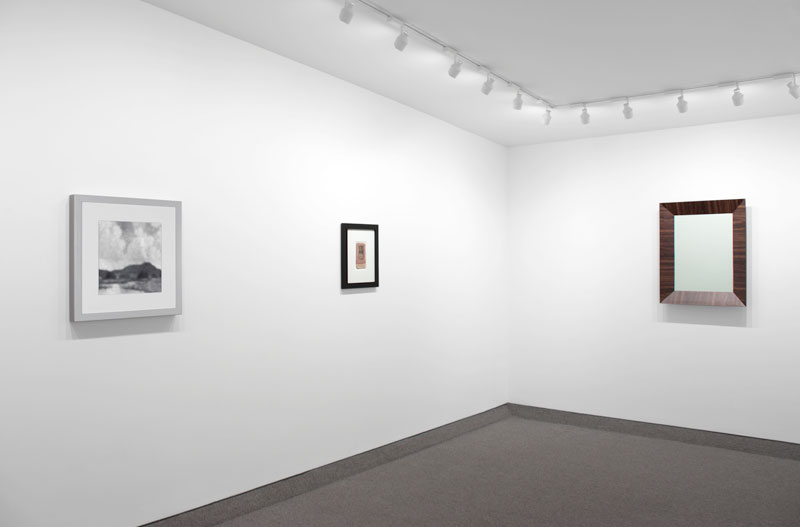
Featuring works by
Richard Artschwager, James Castle, and Allan McCollum
“Specifics” presents the works of three artists: Richard Artschwager (1923 – 2013), James Castle (1899 – 1977) and Allan McCollum (b. 1944). While diverse in impetus and final form, each of the artists in the show focuses on the various iterations possible in exploring form and its presentation.
Allan McCollum contributes several works from his “Lands of Shadow and Substance” series which continues his exploration of what he calls “Perpetual Photos”, a project he began in 1982. For this new group, McCollum viewed the original Twilight Zone episodes (from 1959 to 1964) on his laptop computer, capturing screenshots of scenes that included landscape paintings. Images of those paintings were digitally edited, printed, and custom framed to create this new series. Each of the works in the series has been printed proportionally to its original televised incarnation and each is in an edition of three.
Richard Artschwager’s works in the show range from the pictorial (a print of a painting of a photo of an interior) to the surrogate (a sculpture of a mirror) to the surreal (a wooden object with a hinged door leading to nowhere, all covered in formica). Both the mirror and the door utilize veneers (artificial imagery of a wood’s grain) and the interior uses an image of the texture of celotex, itself being an artificial texture. The forms, images, textures and veneers of Artschwager’s works strike an uncanny balance between the artificial, the pictorial and the physical in order to utilize the familiar to extend one’s experience beyond a central focus.
James Castle’s work is exhibited at Krakow Witkin Gallery for the first time and thus, perhaps, calls for a fuller description (click here to learn more about Castle and his life). Castle, who was born deaf, lived and died in Idaho. He is known, most of all, for his use of found and homemade materials in depicting and recreating his subject matter. His recurrent and diverse themes tell an intimate story of a life lived in rural Idaho during the early 20th century. The works included in Krakow Witkin Gallery’s exhibition consist of two drawings, one paper construction and a handmade book. Within each work, Castle has created, like McCollum and Artschwager, a new iteration of something seemingly already familiar. The contours of the drawing of a sugar bowl speak to the almost-abstract form the paper construction of the same subject. The handmade book is of drawings of family photos, thus creating a new sort of hand-drawn “photo” album. To further situate Castle’s work in the contemporary context, it is interesting to note that the works have been collected by major museums in the US and Europe and he has been the subject of retrospectives organized by the Philadelphia Museum of Art in 2008 and by the Museo Nacional Centro de Arte Reina Sofia, Madrid in 2011. The 2013 Venice Biennale included eleven works by Castle in the feature exhibition “The Encyclopedic Palace”. Venice’s presentation was quite significant in its exhibiting the work not in an “outsider/vernacular/self-taught/etc” context but “just” in the context of other art.
Krakow Witkin Gallery’s effort is to juxtapose three very different artists’ works, coming from three fairly different backgrounds and presenting them together to both illuminate the resonances between the results and also to provide space for questions so as to learn more about each and all of the artists.
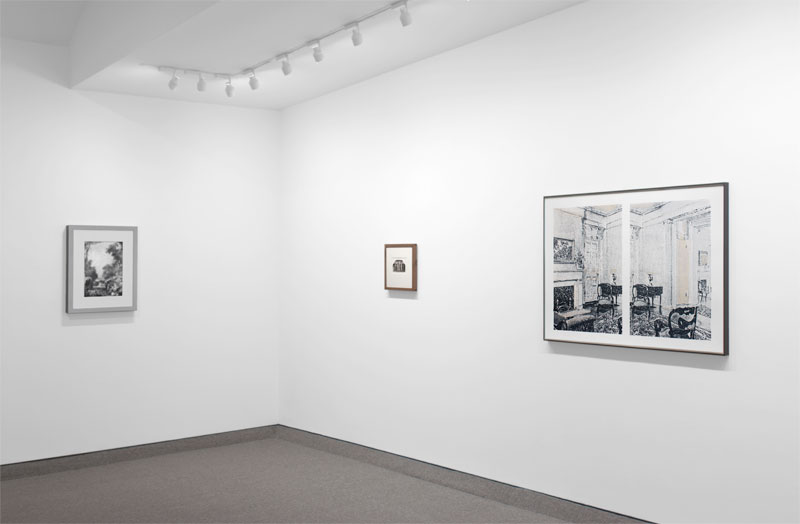
Frame inner size: 23 1/8 x 18 3/8 inches (58.7 x 46.7 cm)
Edition of 3
(Inventory #29259)
Frame inner size: 23 1/8 x 18 3/8 inches (58.7 x 46.7 cm)
Edition of 3
(Inventory #29259)
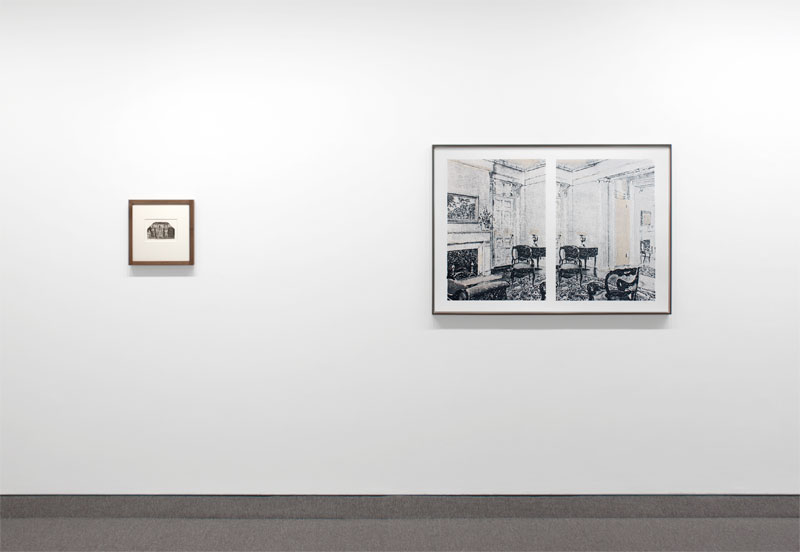
3 1/2 x 5 1/2 inches (8.9 x 14 cm)
(Inventory #29257)
3 1/2 x 5 1/2 inches (8.9 x 14 cm)
(Inventory #29257)
Image size: 28 1/8 x 41 1/8 inches (71.4 x 104.5 cm)
Paper size: 32 3/4 x 46 1/4 inches (83.2 x 117.5 cm)
Edition of 68
Signed and dated lower right, and numbered lower left in graphite
(Inventory #29145)
Image size: 28 1/8 x 41 1/8 inches (71.4 x 104.5 cm)
Paper size: 32 3/4 x 46 1/4 inches (83.2 x 117.5 cm)
Edition of 68
Signed and dated lower right, and numbered lower left in graphite
(Inventory #29145)
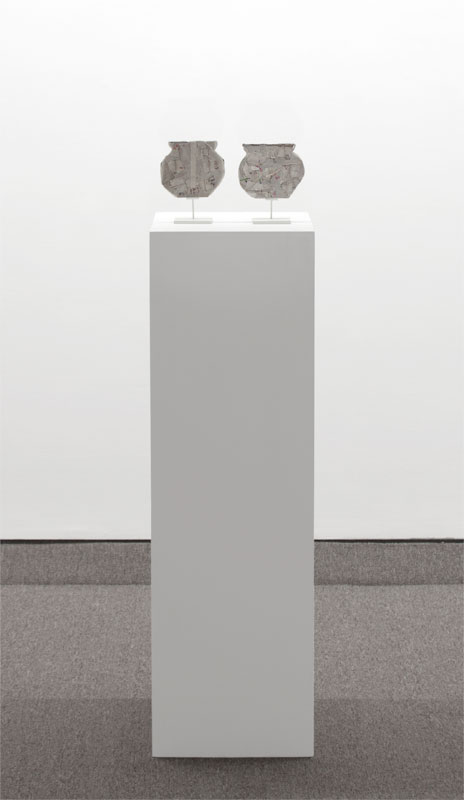
4 1/2 x 5 1/4 inches (11.4 x 13.3 cm)
(Inventory #29256)
4 1/2 x 5 1/4 inches (11.4 x 13.3 cm)
(Inventory #29256)
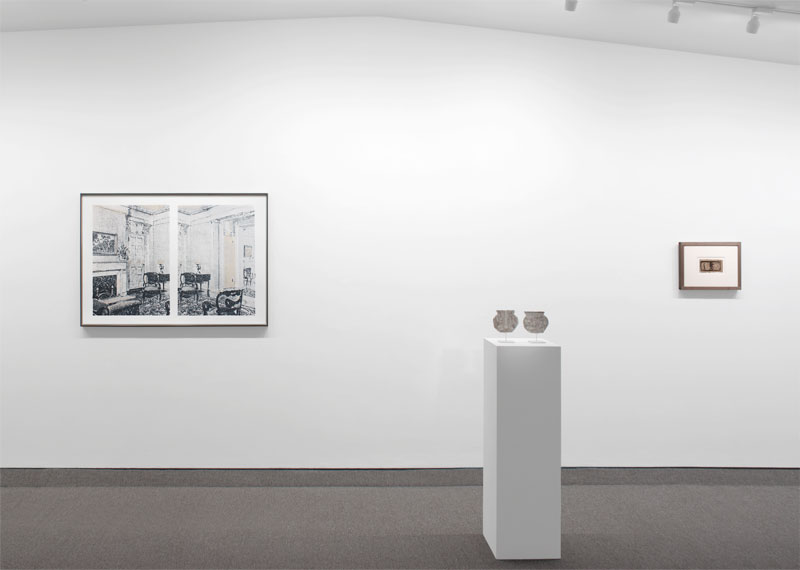
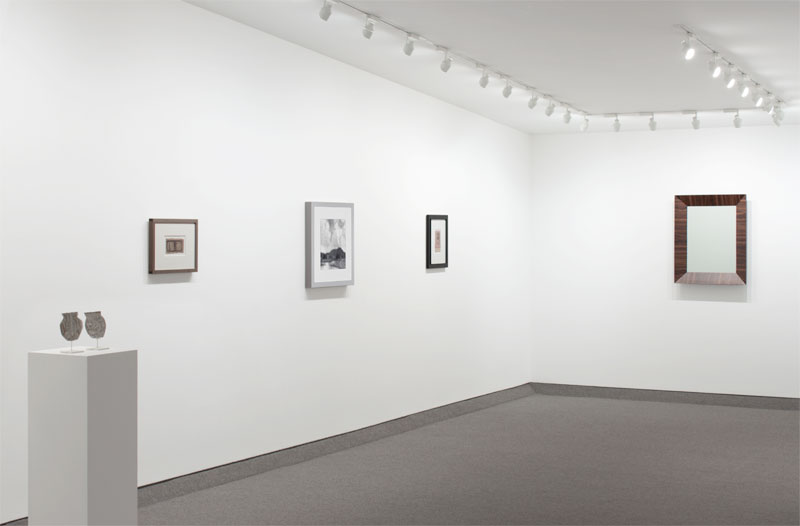
3 3/8 x 6 3/8 inches (8.6 x 16.2 cm)
(Inventory #29254)
3 3/8 x 6 3/8 inches (8.6 x 16.2 cm)
(Inventory #29254)
Frame inner size: 20 13/16 x 20 1/8 inches (52.9 x 51.1 cm)
Edition of 3
(Inventory #29261)
Frame inner size: 20 13/16 x 20 1/8 inches (52.9 x 51.1 cm)
Edition of 3
(Inventory #29261)
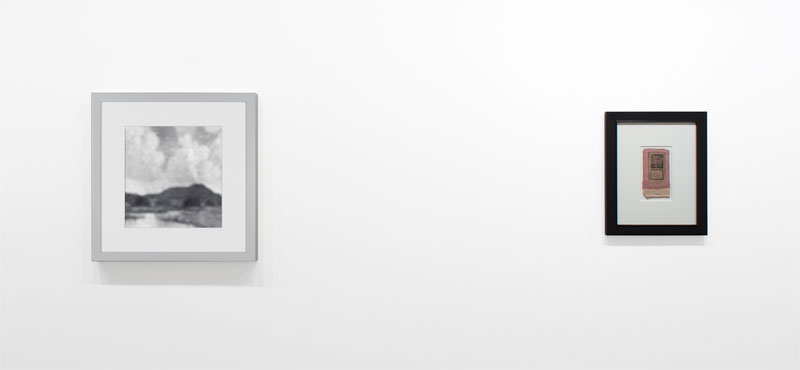
6 7/8 x 3 3/4 inches (17.5 x 9.5 cm)
(Inventory #29255)
6 7/8 x 3 3/4 inches (17.5 x 9.5 cm)
(Inventory #29255)
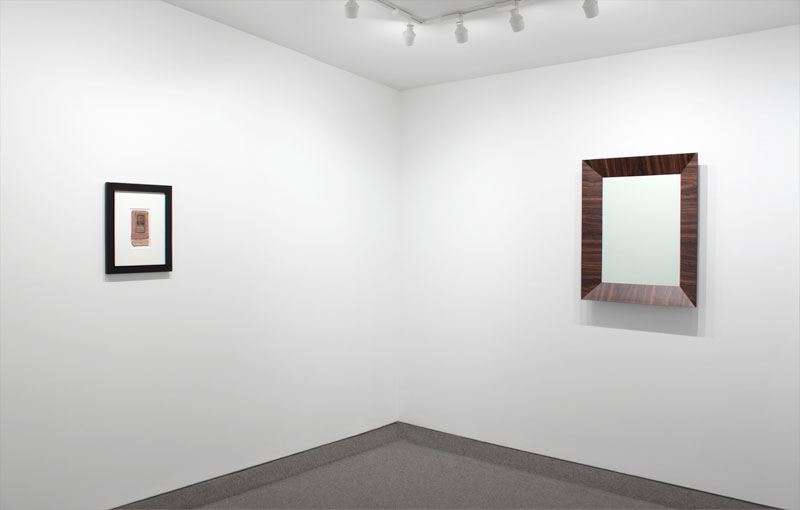
30 3/8 x 24 3/8 x 3 7/8 inches (77.2 x 61.9 x 9.8 cm)
Edition of 25
(Inventory #29399)
30 3/8 x 24 3/8 x 3 7/8 inches (77.2 x 61.9 x 9.8 cm)
Edition of 25
(Inventory #29399)
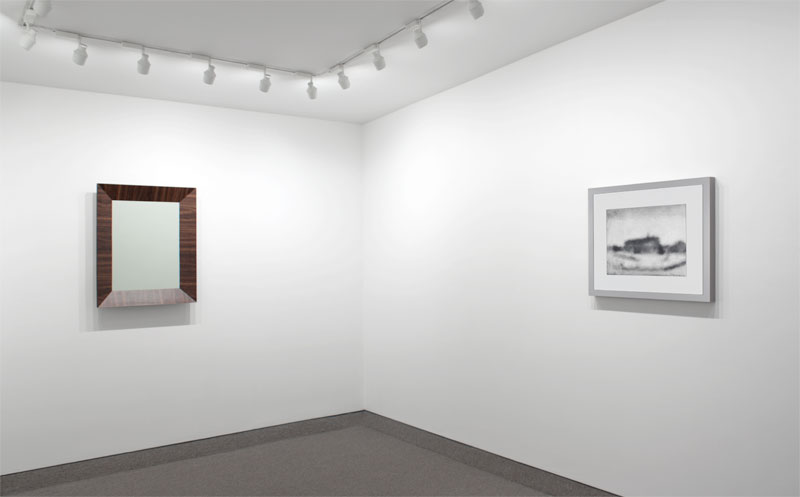
Frame inner size: 20 11/16 x 24 5/8 inches (52.5 x 62.5 cm)
Edition of 3
(Inventory #29260)
Frame inner size: 20 11/16 x 24 5/8 inches (52.5 x 62.5 cm)
Edition of 3
(Inventory #29260)
3 3/8 x 3 1/8 inches (8.6 x 7.9 cm)
(Inventory #29258)
3 3/8 x 3 1/8 inches (8.6 x 7.9 cm)
(Inventory #29258)
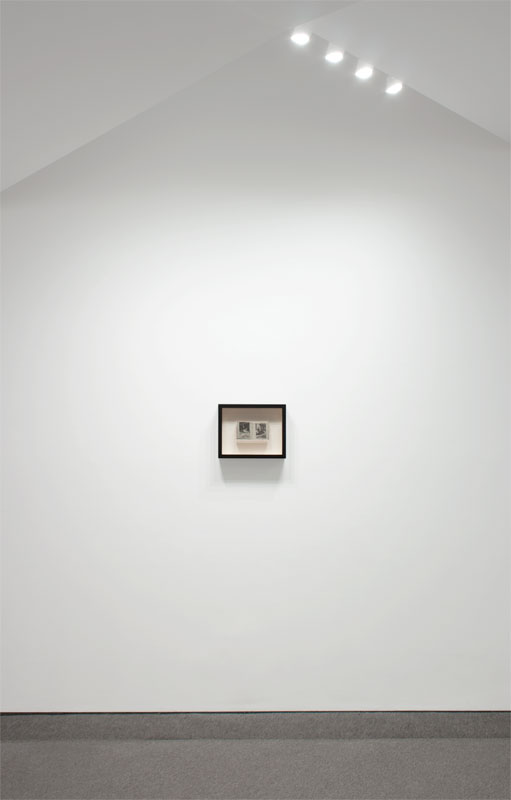
17 1/2 x 25 x 5 inches (44.5 x 63.5 x 12.7 cm)
Edition of 25
(Inventory #29264)
17 1/2 x 25 x 5 inches (44.5 x 63.5 x 12.7 cm)
Edition of 25
(Inventory #29264)
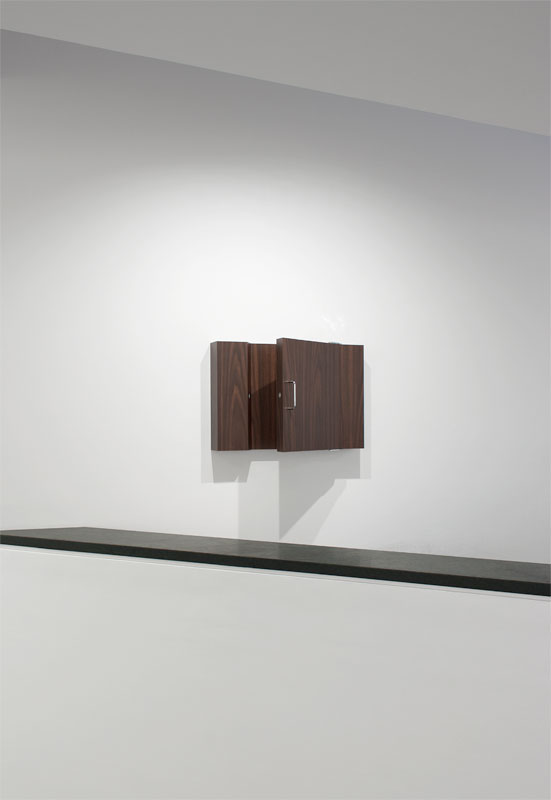
Frame inner size: 14 3/8 x 23 1/8 inches (36.5 x 58.7 cm)
Edition of 3
(Inventory #29262)
Frame inner size: 14 3/8 x 23 1/8 inches (36.5 x 58.7 cm)
Edition of 3
(Inventory #29262)
No results found.
10 Newbury Street, Boston, Massachusetts 02116
617-262-4490 | info@krakowwitkingallery.com
The gallery is free and open to the public. Please note our summer schedule:
June
Tuesday – Saturday, 10–5:30
July 1–25
Tuesday – Friday, 10–5:30
(Closed Friday, July 4)
July 29 – September 1
Open via appointment
Beginning September 2
Tuesday – Saturday, 10–5:30